Last Updated on 02/19/2019 by Mark Beckenbach
Move away from kit lenses and branch out with a prime lens.
The kit lenses that come bundled with your camera allow good flexibility as they generally cover a large range of focal lengths. The down side to them is that the image quality they produce is not always the best. One of the best things you can do to really increase image quality is to buy a prime lens. These small, lightweight lenses are fast and offer razor sharp image quality. Here’s a look at the first prime lens every photographer should buy on their chosen platform.
The great thing about a prime lens is that it will help you improve as a photographer. Not being able to use a zoom lens as a crutch will make you think about positioning and composition much more. Prices range from very affordable to ‘wow I’ve never seen my wallet cry before’, but you honestly don’t have to spend a fortune to get a good prime lens. The lenses we have listed below will wow you with their image quality, and their prices will make you smile.
Canon 50mm F1.8 Prime Lens
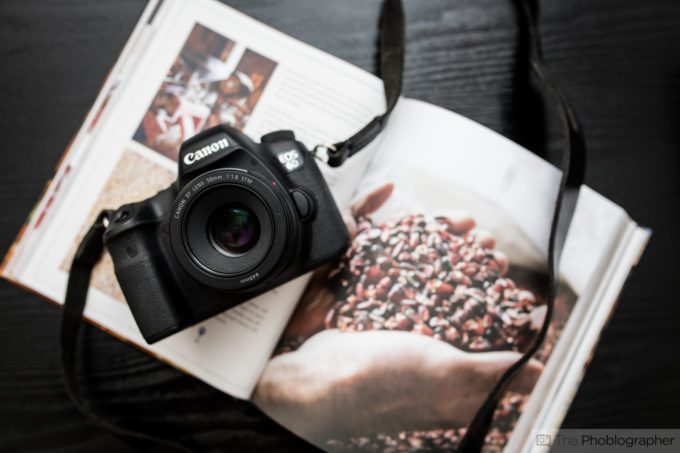
The Canon 50mm f1.8 is perhaps the best bang for your buck prime lens on the planet. This nifty fifty is small, lightweight, produces super sharp images, has a fast aperture of f1.8, and can create nice bokeh. At just $125 it represents outstanding value for money. This lens is great for portraits, street photography, documentary photography, and much more. It should be the first prime lens any Canon shooter buys.
In our review we said:
“Canon’s 50mm f1.8 STM is a great lens for the beginner, hobbyist, enthusiast or even the professional who likes to rough and tumble their equipment.”
Buy now: ($125): Amazon
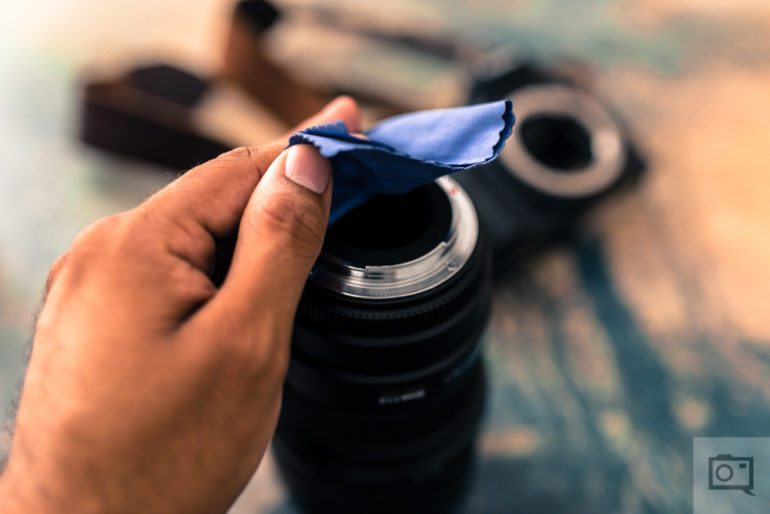
Pro Tip: Just like any other lens, a prime is going to get dirty. The last thing you want to do is spend time in post trying to remove dirt, grease, and water spots from your images. Keep a basic lens cleaning kit in your camera bag so that you can clean your glass with a moments notice. Trust us. You’ll be happy you have a kit like this with you.
Fujifilm 23mm F2 R WR
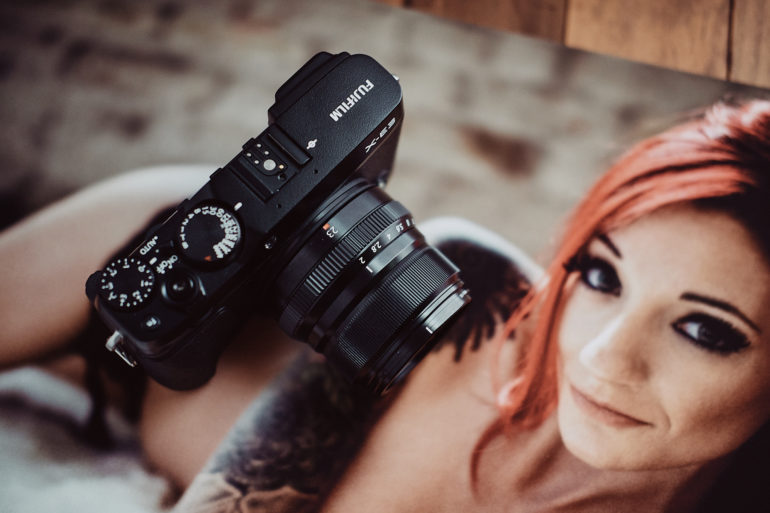
Fujifilm camera users are really spoiled for choice when it comes to prime lenses, but there is one lens that stands out as a must have for first time prime lens buyers; the Fujifilm 23mm F2. The lens has an all metal body, is weather sealed, is ridiculously fast to focus, has a maximum aperture of f2, produces gorgeous colors and bokeh, and images that are nice and sharp. On Fujifilm’s crop bodies it has the equivalent focal length of 35mm. You simply cannot go wrong with this prime lens.
In our review we said:
“The speed when focusing with this lens on the X Pro 2 is very impressive. It’s by far the absolute best lens in Fujifilm’s lineup for street photography and candid shooting due to its autofocus speed.”
Buy now ($449): Amazon
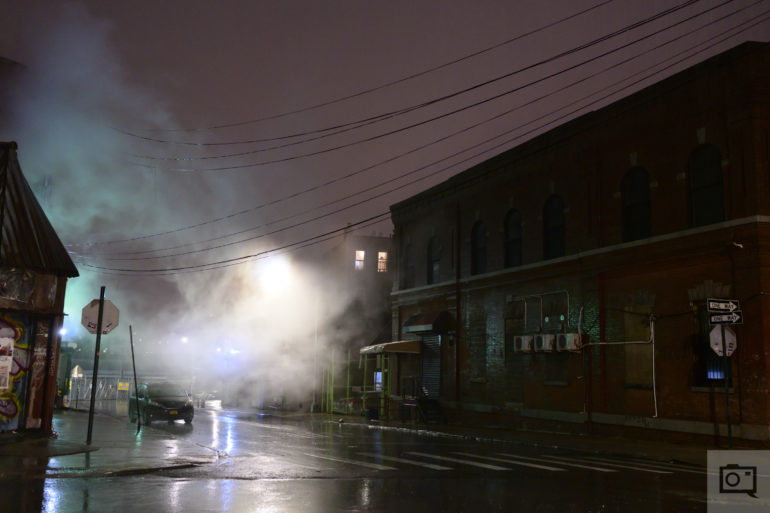
Pro Tip: The Fujifilm 23mm f2 prime lens is weather sealed, but not all lenses have that luxury. Fortunately there are things you can buy that will still let you shoot when the weather gets nasty. These simple yet very effective weather proof camera and rain covers will keep all of your gear dry in a downpour. They’re cheap, and they’re easy to use. Always keep some in your bag.
Olympus 25mm F1.8 (Micro Four Thirds)
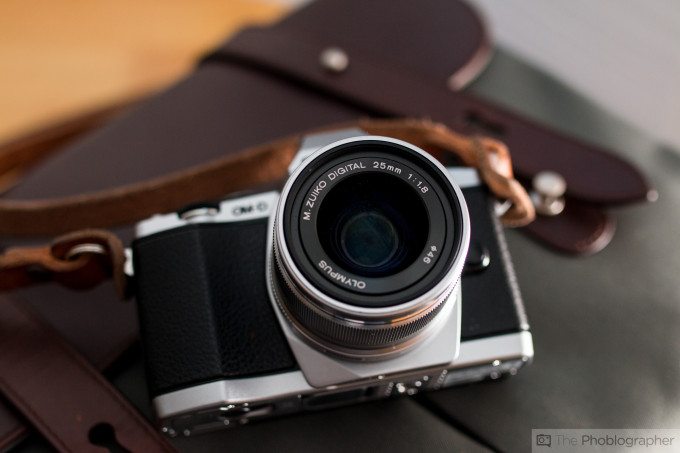
Micro Four Thirds shooters have a lot of prime lenses to choose from too, but the Olympus 25mm f1.8 is the first prime lens you should spring for. This 50mm equivalent made our jaws drop. With this lens you will get some of the sharpest images you’ve ever seen. You’ll also be flawed by its autofocus performance too. It is solidly built, produces smooth bokeh and pleasing colors, and it’s very small and light. The price is very nice too!
In our review we said:
“The 25mm f1.8 is one of the most affordable and bang for your buck lenses out there for the Micro Four Thirds system. In general, we’re quite impressed with the sharpness, bokeh, fast focusing speed (coupled with accuracy), small size, and the overall feel that it is the single lens that you may want to keep mated to your camera forever.”
Buy now ($399): Amazon
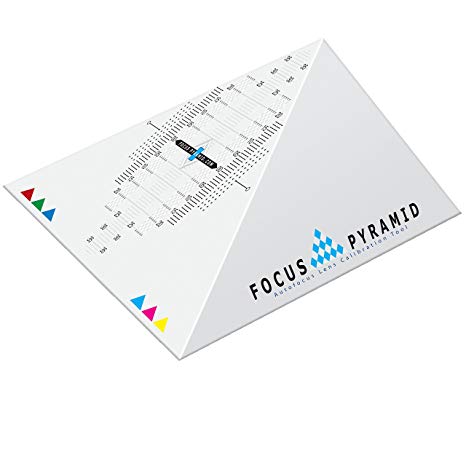
Pro Tip: At times you might wonder why images from your prime lens (or any lens) aren’t as sharp as they could be. From time to time your lenses may need to be calibrated to your camera body, especially if they are back or front focusing. The process of calibration is incredibly easy, and really just requires a little bit of your time and a focus pyramid. The one pictured above is perfect for calibration, and it’s very affordable. If you want to make sure you’re getting the most out of your lenses, you should check to see that they are focusing correctly with your camera.
Nikon 35mm F1.8 G
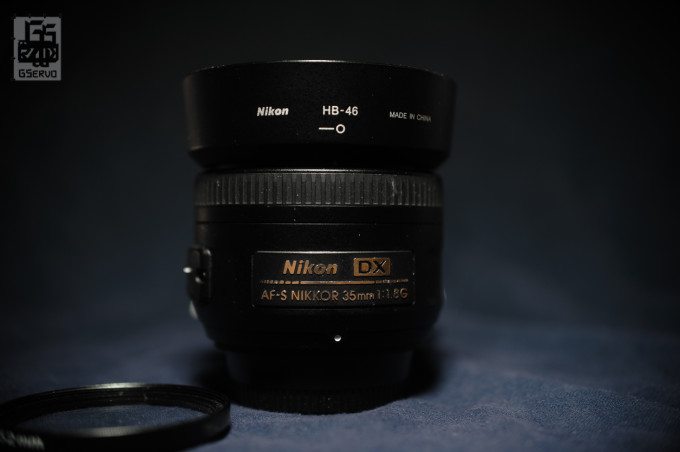
This 52.5mm equivalent lens is a firm favorite with Nikon shooters because of its versatility. It’s great for weddings, environmental portraits, documentary work, and street photography. Nikon users have been blessed with the NIKKOR 35mm f1.8G, and this should be the first prime lens you buy on this system. The lens is small and lightweight, and it focuses very fast and quietly. Bokeh is smooth and pleasing to the eye, colors are nice and natural, and images are sharp. It’s hard to go wrong with this prime lens.
In our review we said:
“If you are a Nikon DX shooter, you should own this lens. It is a fantastic tool that will never let you down. The lens is extremely versatile and can travel anywhere. Out of all of my photography purchases, so far, this has been one of the best”
Buy now ($196.95): Amazon
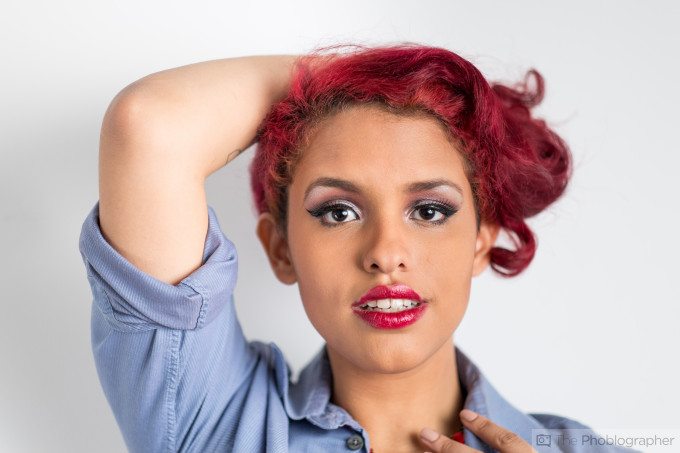
Pro Tip: One of the best features of a great prime lens is just how sharp the images can be. Of course image sharpness requires more than just a good lens. Your technique and understanding of how your camera works play critical roles in image sharpness. This guide will help you get a better understanding of why your images may not be as sharp as they could be. Pretty soon you’ll be nailing the focus in every single shot.
Sony 50mm F1.8 (Sony E Mount, Full Frame)
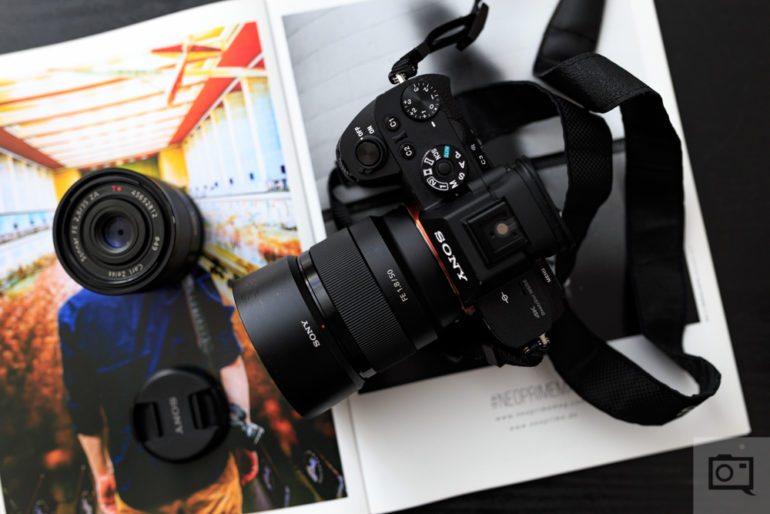
Whether you shoot with a Sony crop body (a6500 etc), or a Full Frame (A7x, A9 etc), the Sony 50mm f1.8 is a solid choice as a first prime lens. This nifty fifty is a bargain. For $223 you get a lens that will produce images with edge to edge sharpness, nice saturated colors with great skin tones, and nice bokeh. Focusing wise it’s pretty fast, and the build will not let you down despite it being an all plastic body. For the price, this prime lens is a no-brainer.
In our review we said:
“Generally speaking in terms of nifty 50 lenses, you can’t really get much better here. Sony’s 50mm f1.8 is right up there with the Canon 50mm f1.8 in terms of image quality. It’s got great color output, is very sharp, very little chromatic aberration (and even then you’ve really got to look for it) and bokeh that isn’t bad overall.”
Buy now ($223): Amazon
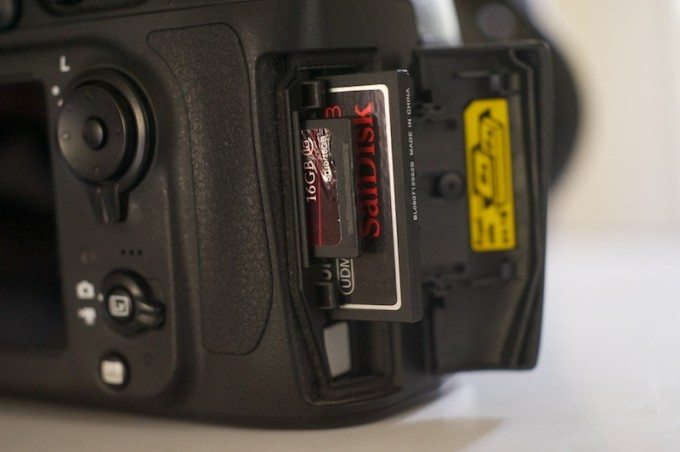
Pro Tip: There’s nothing worse than being out in the field and having a SD card fail on you at the worst time. Trust me, I’ve been there a couple of times. SD cards are cheap enough to where you can keep several on you at all times. By keeping more with you, not only will you be able to shoot longer, you’ll also be covered if the unexpected happens. As we all know, the unexpected is what we should always plan for.
Rokinon 10mm F2.8 (Pentax K Mount)
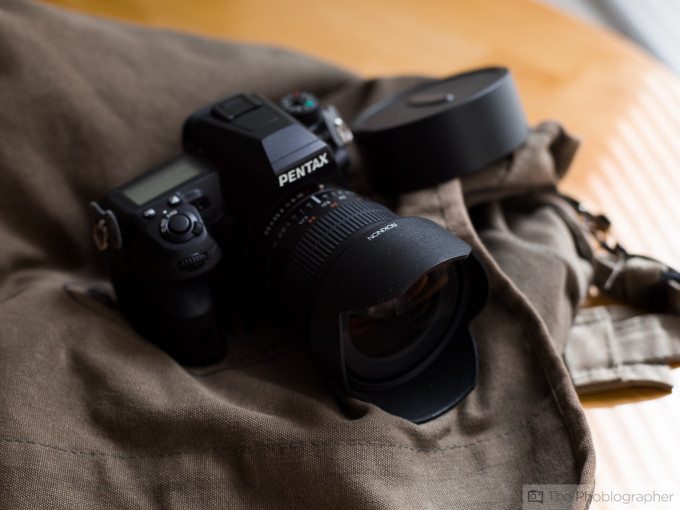
Rokinon have always made optically sound lenses and the 10mm f2.8 is no different. This Pentax K mount option will have an equivalent focal length of 15mm on Pentax crop bodies. This ultra wide prime lens is perfect for landscape and architectural photography. Like others on this list it’s small and light which makes it easy to carry around. It’s a manual focusing lens which lends itself well to the genres. The focusing ring is smooth, the images produced are razor sharp, and colors are good overall. If it’s bokeh you’re after this lens is not for you, but if you want a solid prime lens for landscape, real estate, or architectural photography, this lens is a winner.
In our review we said:
“Rokinon’s lenses have always been very high quality when it comes to the optics. For a very affordable price, a user can get a super sharp lens that they’ll need to manually focus. But again, what you’ll get is some excellent image quality.”
Buy now ($329): Amazon


